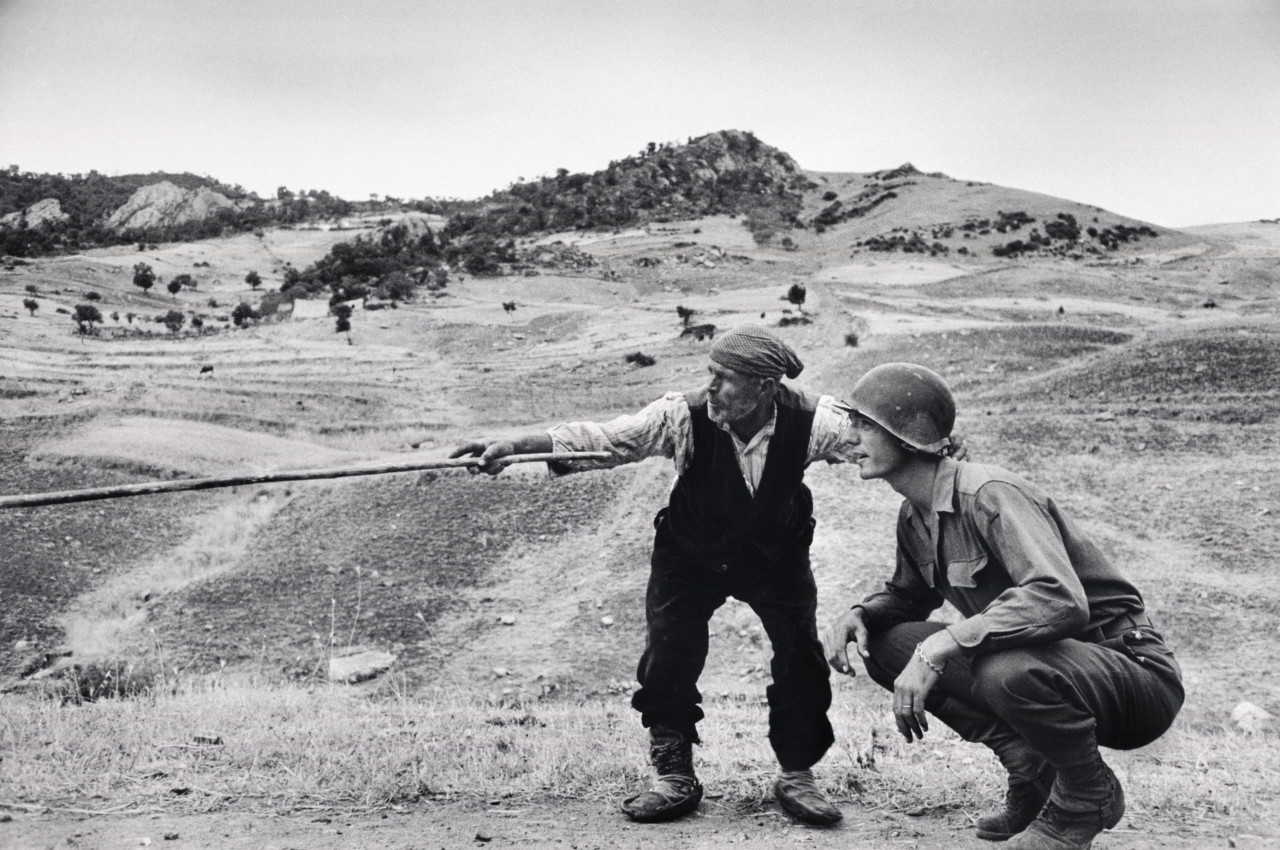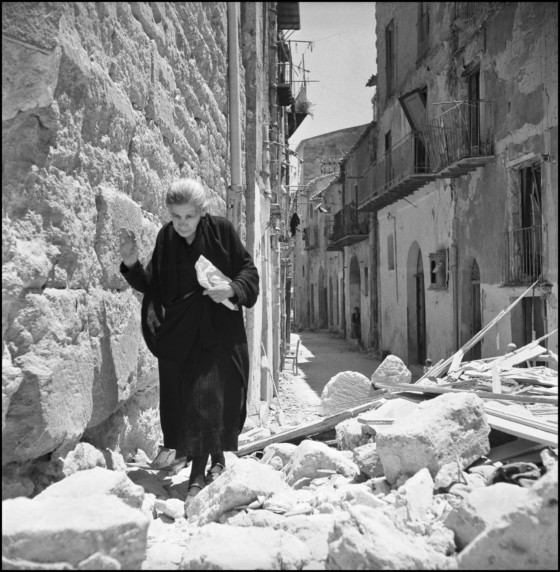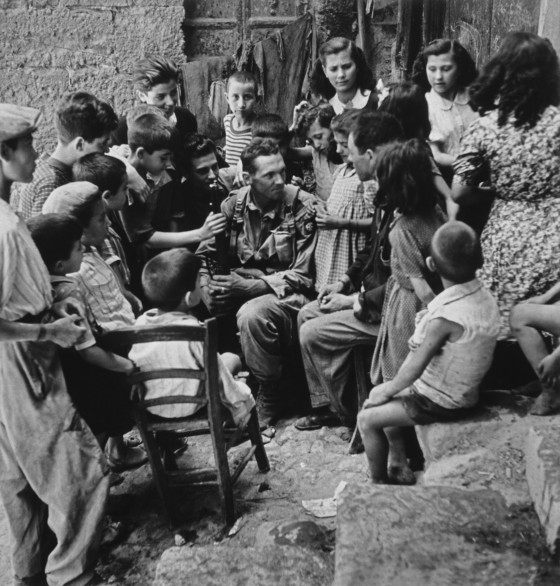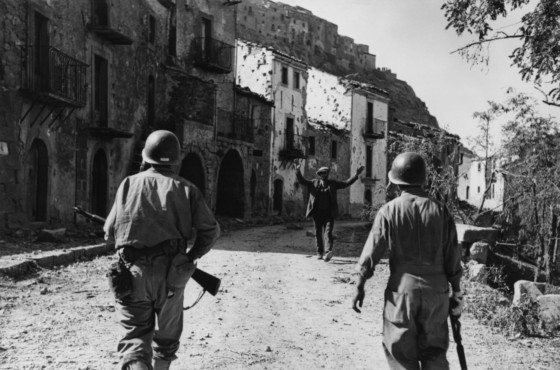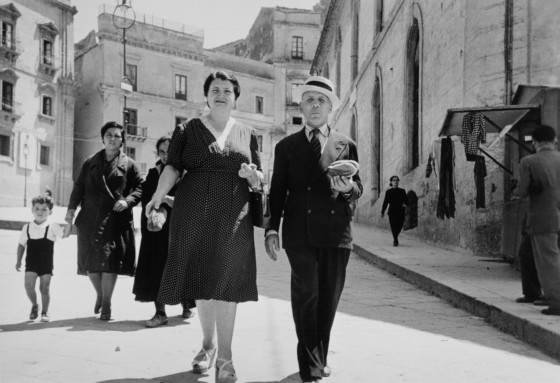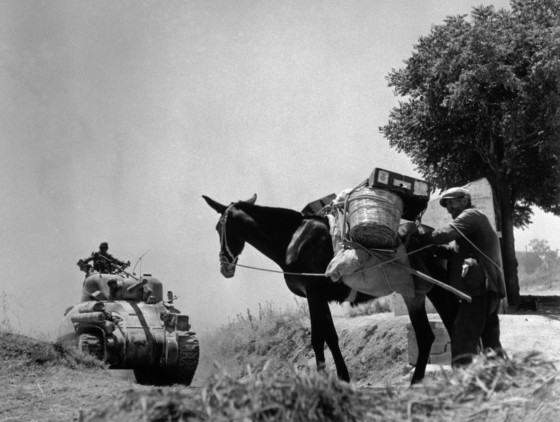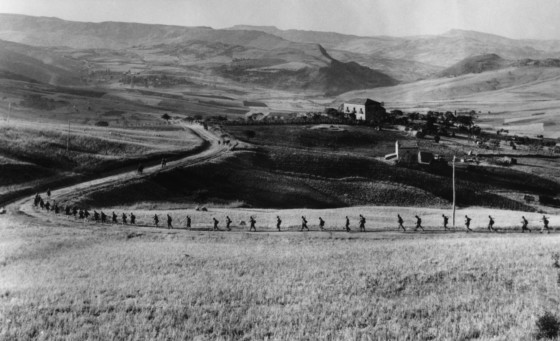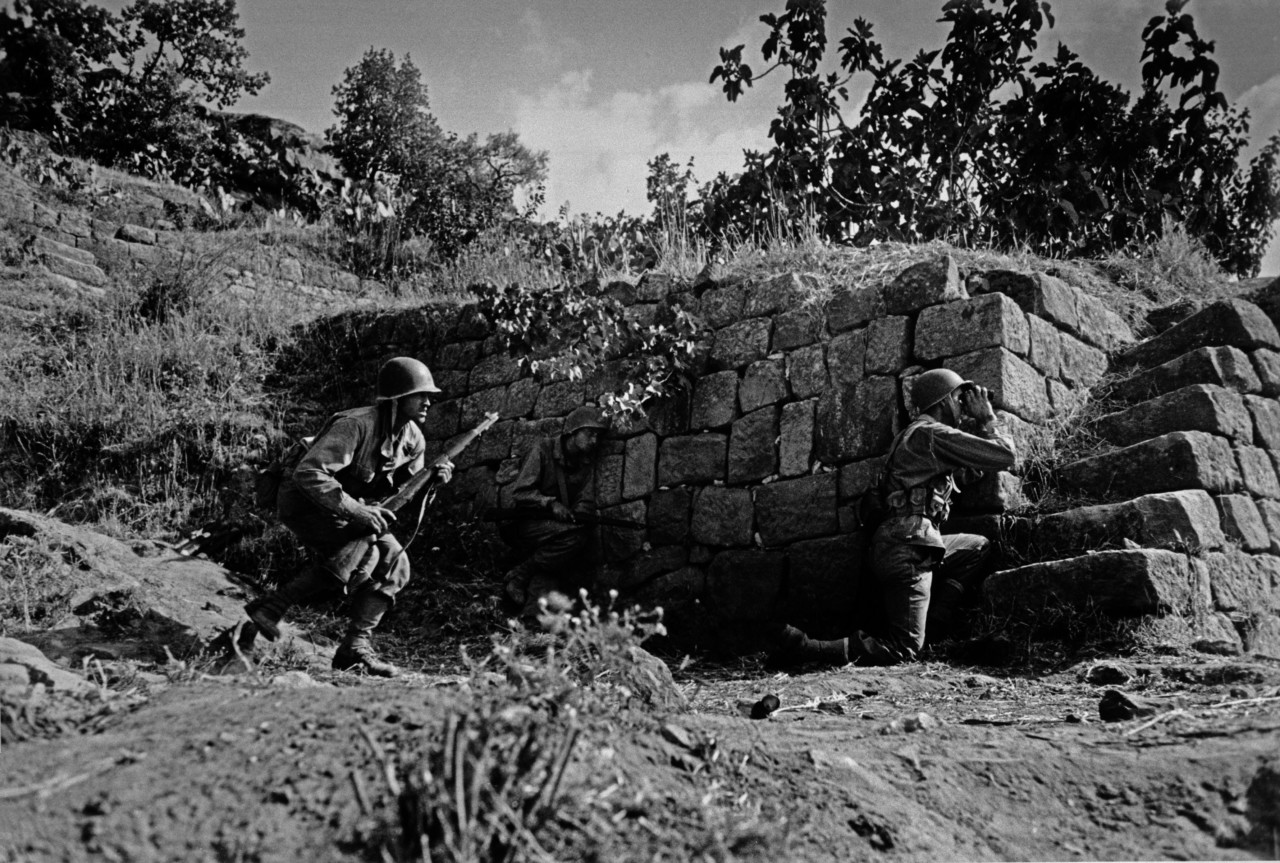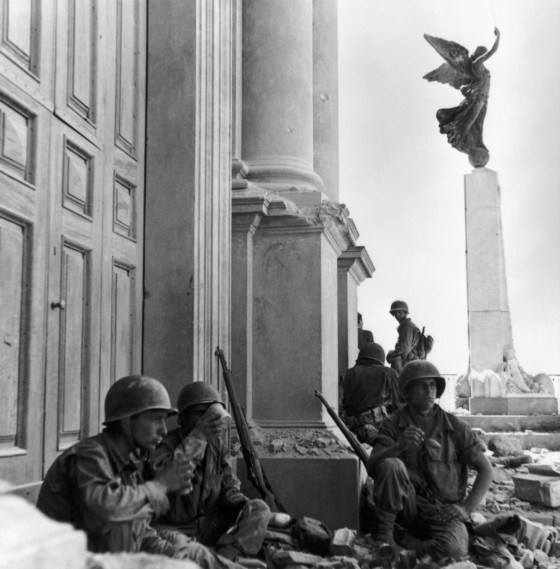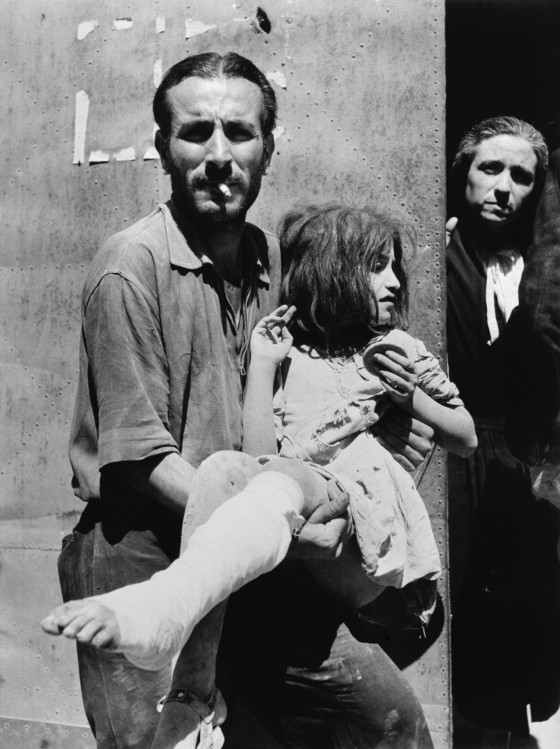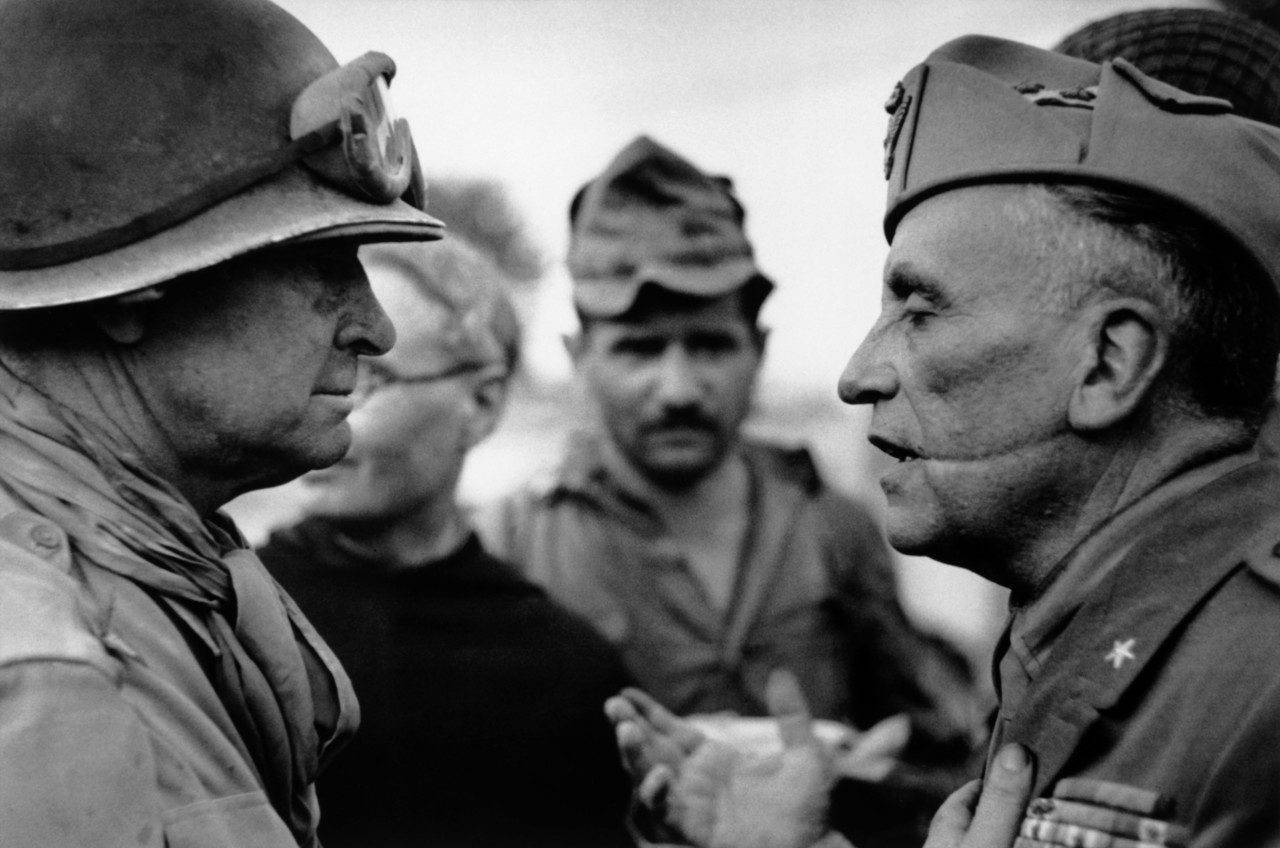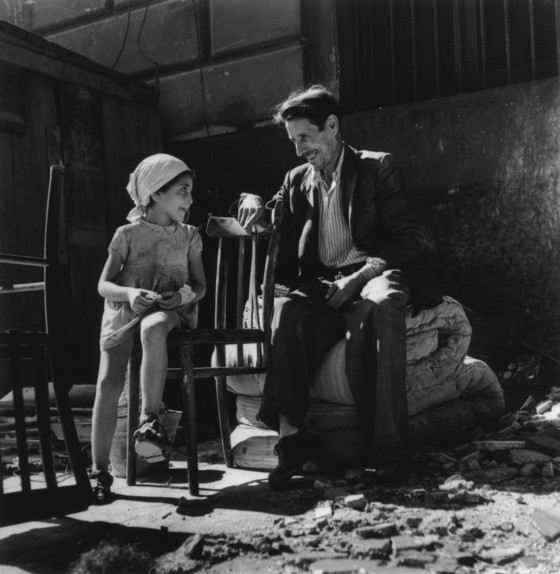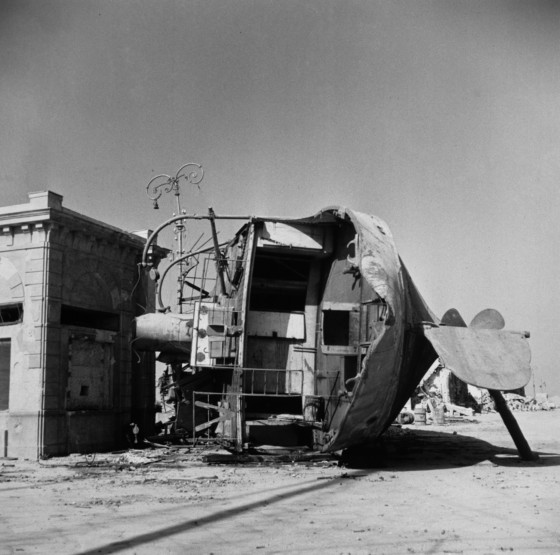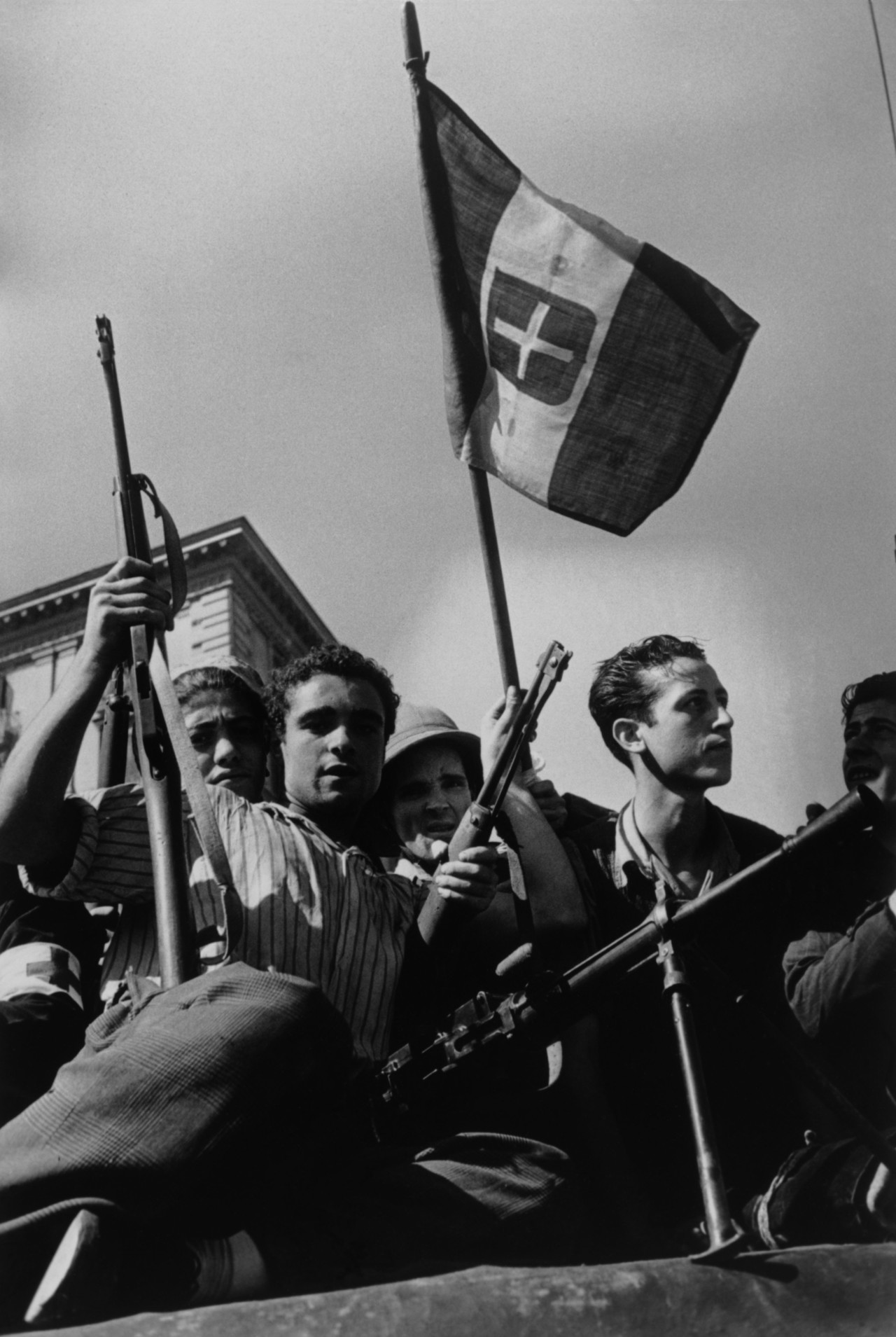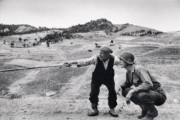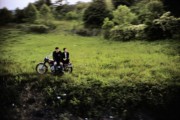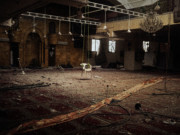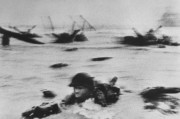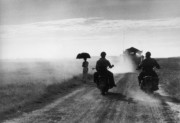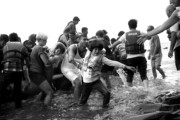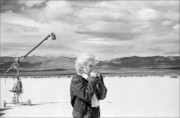The 75th Anniversary of Operation Husky: the Allied Invasion of Sicily
Magnum co-founder Robert Capa documented the hard-fought campaign that precipitated Mussolini’s fall, and marked the start of the end for the Axis powers in Europe
Codenamed Operation Husky, the Anglo-American invasion of Sicily began on the night of July 9th, 1943. The taking of Sicily was a vital first step on the long road from North Africa to Berlin, a toe-hold in what Winston Churchill had dubbed the ‘soft underbelly of Europe’. Magnum co-founder Robert Capa documented the US Army’s push through the island.
Capa, already famous for his work during the Spanish Civil War, had arrived in New York at the outset of World War II only to be informed that as a Hungarian National he would be designated an ‘enemy alien.’ In spite of this he continued to photograph for LIFE and eventually received permission to report alongside the US Army, the only enemy alien to receive such accreditation during the war.
As his brother, Cornell Capa, noted in the book Robert Capa : Photographs, it was ‘ironic that a man who had been hailed as “The Greatest War Photographer in the World” in 1939 couldn’t find anyone to send him to battle until 1943.’ That year he travelled to Morocco and eventually Tunisia, where he photographed Italian prisoners of war and the allied activity in North Africa.
While Capa flew with paratroopers being dropped over Sicily in the campaign’s earliest days, he didn’t arrive on the island until late July, when he disembarked from a supply ship. He followed the American forces along the coast to Agrigento and from there moved into the island’s mountainous interior. It was in this region that much of the hardest fighting was done, as German units fought a rear-guard action hoping to hold off the allies until an evacuation of their comrades from Messina, in the island’s north east, was complete.
Capa entered Troina, a well-defended hilltop town that had been heavily bombarded by allied forces in order to dislodge its defenders, with the first American patrol and found traumatised locals who had endured the extended barrage. Biographer Richard Whelan noted, in his book Robert Capa, that the photographs from Troina are remarkably similar to those taken in Teruel during the Spanish Civil War.
The invasion of Sicily precipitated the Italian Fascist Grand Council’s passing a vote of no confidence in Italian leader Benito Mussolini on the July 24, and by August 19 the Allies had reached Messina effectively ending Axis resistance on the island. Capa photographed exuberant liberated locals and victorious partisans, as well as the formal surrender of General Giuseppe Molinero, in Palermo.
In his book Slightly Out of Focus Capa summerized the Sicilian campaign as, ‘A twenty-one-day-race’ with the Italians in the lead, followed by the Germans, himself, and the press corps respectively, with the US army taking up the rear.
Capa followed the Allied advance from Sicily into the Italian mainland where he photographed a funeral, in Naples, of schoolboy partisans executed by the Germans. He would go on to take part in the D-Day landings, June 6, 1944, on Omaha Beach.
Two years after the war ended Capa, along with Henri Cartier-Bresson, David “Chim” Seymour, and George Rodger founded Magnum Photos.


